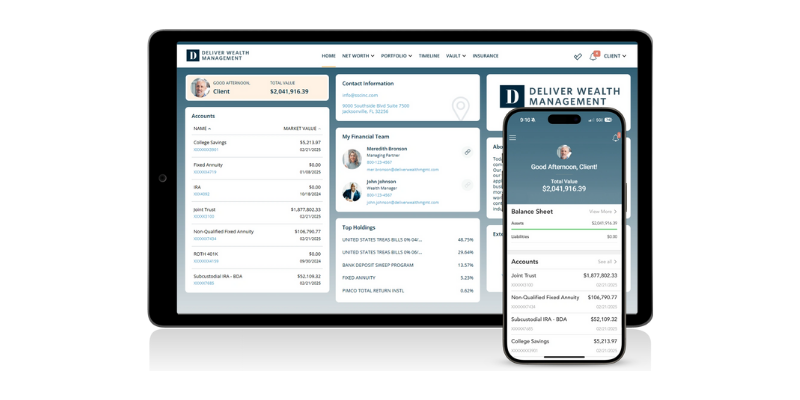Federal vehicle tax credits may be available to help offset your cost to purchase certain clean vehicles (including electric, plug-in hybrid, and fuel cell vehicles). Starting in 2024, you may be able to elect to transfer the new and previously-owned clean vehicle tax credits to dealers who are eligible to receive advance payments of either credit. You will receive an immediate financial benefit from the dealer equal to the credit in return for the transfer of the credit to the dealer. The IRS has recently provided guidance on such transfers.
Background
New clean vehicle tax credit
A personal or a general business tax credit of up to $7,500 is available for the purchase of a new clean vehicle meeting certain requirements. A credit of $3,750 is available if a critical minerals requirement is met, and a credit of $3,750 is available if a battery components requirement is met. Fuel cell vehicles that have final assembly within North America can qualify for the $7,500 credit without regard to these two requirements. The credit is not available for vehicles with a manufacturer’s suggested retail price higher than $80,000 for vans, sport utility vehicles, and pickups, or $55,000 for other vehicles. You can check the eligibility of vehicles for the credit at fueleconomy.gov.
The credit is generally not available if the purchaser’s modified adjusted gross income (MAGI) for the taxable year or the preceding taxable year (whichever is less) exceeds $150,000 ($300,000 for joint filers and surviving spouses, $225,000 for heads of households).
Previously-owned clean vehicles tax credit
A personal tax credit equal to the lesser of $4,000 or 30% of the sales price is available to individuals for the purchase of certain previously-owned clean vehicles from a dealer. The credit is available only for the first transfer of the vehicle after August 16, 2022, to a person other than the person with whom the original use of the vehicle commenced.
The credit is not available for vehicles with a sales price exceeding $25,000. Also, the credit is not available if the purchaser’s MAGI for the taxable year or the preceding taxable year (whichever is less) exceeds $75,000 ($150,000 for joint filers and surviving spouses, $112,500 for heads of households).
The vehicle must meet a number of requirements. General eligibility of vehicles for the credit can be checked at fueleconomy.gov.
Transfer of clean vehicle tax credits
Starting in 2024, you may be able to irrevocably elect to transfer the new and previously-owned clean vehicle tax credits to dealers who choose to participate in the program. The dealer can then receive advance payments of either credit from the IRS shortly after the sale. In return for your transferring the credit, the dealer provides a financial benefit equal to the credit to you in cash or in the form of a partial payment or down payment for the purchase of the vehicle.
The IRS has provided additional guidance regarding such transfers.
- In the case of the new clean vehicle tax credit, the credit cannot be transferred to the dealer unless the vehicle will be predominately for personal use, and only the portion of the credit attributable to personal use can be transferred.
- You will need to attest to qualifying for the credit at the time you transfer the credit to the dealer, even though it may be uncertain whether you will meet the MAGI requirement. If your MAGI exceeds the limit for the year, you will be required to repay the amount received for transferring the credit as an addition to tax in the year the vehicle was placed in service.
- If the amount of the credit that you elect to transfer to the dealer exceeds your tax liability, the excess is not subject to recapture from the dealer or you.
- The number of transfer elections you can make in a year is limited to two (your spouse can also make two transfers). The elections can be for two new clean vehicle tax credits or one clean vehicle tax credit and one previously-owned clean vehicle tax credit.
- The credit must be reported on your federal income tax return whether you claim the credit yourself or transfer the credit to the dealer.
- You do not have to include the payment received for transferring the credit in taxable income. Your tax basis in the vehicle must be reduced by the amount of the credit whether you claim the credit yourself or transfer the credit to the dealer.




